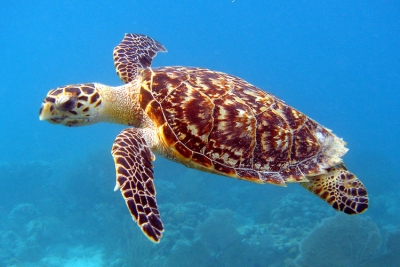
Iberian lynx is a wild cat native to the Iberian Peninsula. It is one of the most endangered animals on Earth, as classified by the IUCN Red List. Lynxes were once seen throughout the Iberian Peninsula, and the South of France. But since the mid 1990s, only fragmented populations have survived that too in Central and south-western parts of Spain, and in a few areas of Portugal.
This wild animal is distinguished with a bobbed tail, spotted coat, muscular body and long legs. By nature, they are solitary and nocturnal. European rabbits alone form the diet for an Iberian lynx. In the 20th century, there was a sharp fall in the number of these rabbits. This in turn, caused a decline in the population of lynx too. Besides, there are other human-induced reasons like the destruction of forest habitat and its conversion to agricultural land, hunting, accidental killings, construction of dams highways and railways.
By the start of the 21st century, the number of Iberian lynx came down to around 100, and the animal was on the verge of extinction.
Picture credit: google





